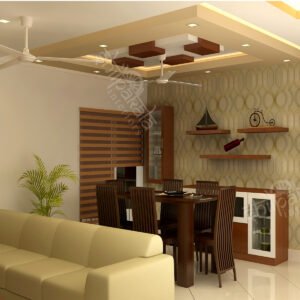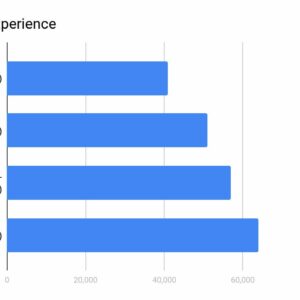Do Interior Designers Need Insurance. Claims history if you’ve had several claims or lawsuits. Insurance can be an intimidating task to tackle!


Prospecting clients, meeting budgets, finding good help, etc.), interior designers will need to manage their risk. And although it’s probably too much to expect work to fall in your lap, your reputation can work wonders. Commercial general liability (cgl) insurance:
Our Interior Design Insurance Can Give You The Peace Of Mind You Are Covered Against These Risks And.
Check out the chart below for a snapshot of average general liability insurance expenditure across a variety of industries: There are an array of policy types, insurers and policy benefits so understanding where to start can be difficult. Why do interior designers need it?
If You’re Already A Member, You Can Log In To Access It.
Professional indemnity insurance covers these. From that initial chat to the final visit, your ideas and vision attract a wide range of clients. In this blog post, we’ll cover some specific types of insurance any interior designer should have before starting work on their next project.
Prospecting Clients, Meeting Budgets, Finding Good Help, Etc.), Interior Designers Will Need To Manage Their Risk.
Protect yourself and your business, to avoid a lawsuit, computer crashes. It is designed to respond to claims against your business for losses as a result of actual or alleged negligent acts or omissions in the provision of your professional service or advice. Here, we have compiled a comprehensive list of the various types of insurance you may need for your interior design business.
Get Interior Design Insurance For As Low As $22.50/Month.
Professional indemnity (pi) insurance is an important form of protection for interior designers to look at. We cover graphic designers, product designers, web designers, fashion designers and more. Injuries that happen to customers that visit.
Interior Design Is A Unique Job, One That Balances Creativity With The Usual Demands Of Running A Small Business.
This should suffice for most interior designers. Where your business is situated, the size of your company, and the number of people you employ, for example. This is the insurance most likely to be required by the designer’s clients, whether the designer works directly with homeowners or as a contractor for a larger firm.





